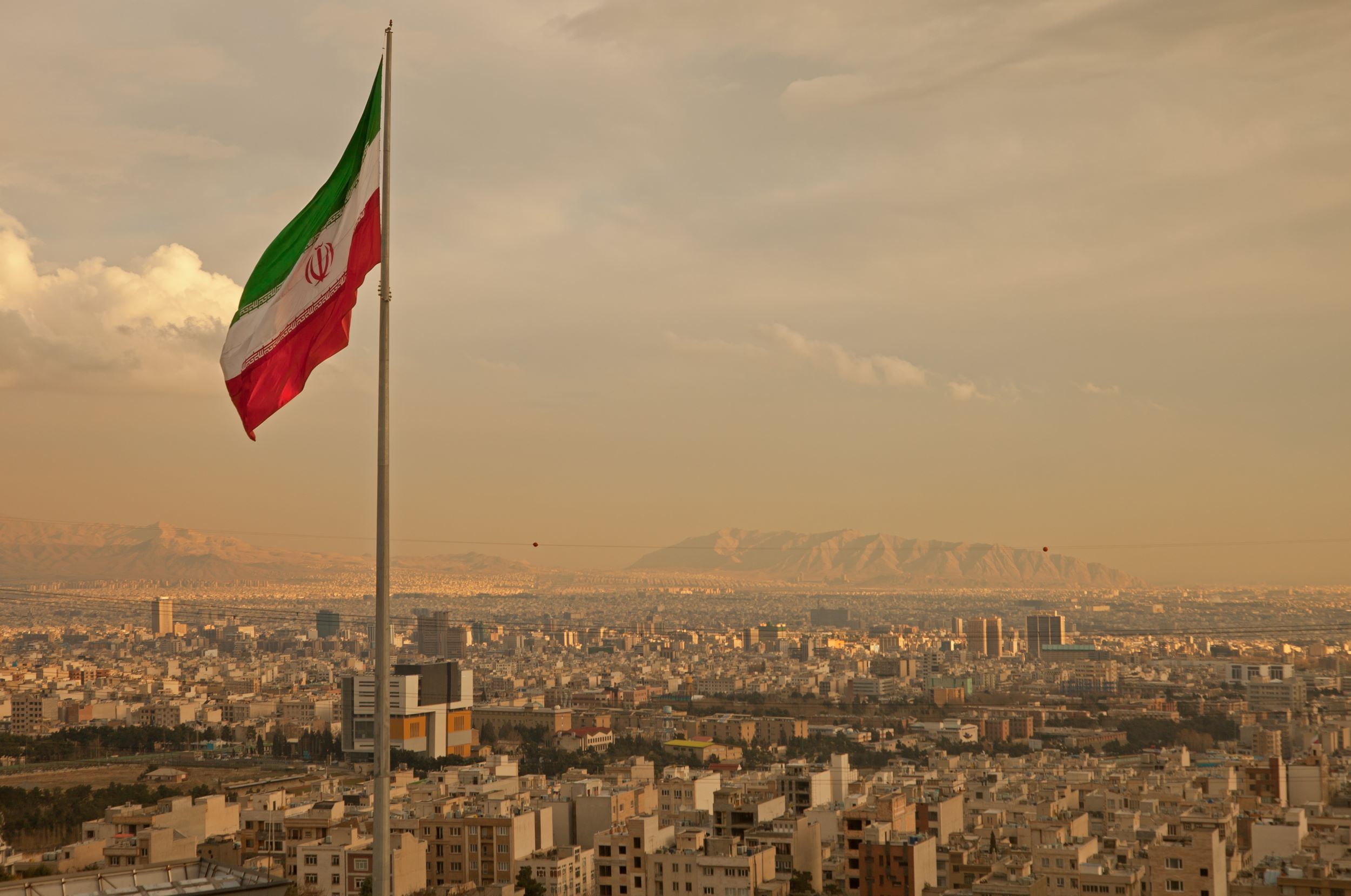In a significant escalation of tensions in the Middle East, a substantial offensive was launched by Iran against Israel. The Israeli Defense Forces (IDF) reported that approximately 300 drones, cruise missiles, and ballistic missiles were directed at Israel. The IDF’s robust defense systems managed to intercept over 99% of these attacks, showcasing a high level of preparedness and technological prowess.
President Biden swiftly condemned this aggressive act, reiterating the United States’ steadfast support for Israel. This statement highlighted the U.S. commitment to Israel’s security and the broader implications for regional stability.
The Iranian state media justified the attack as a retaliation against a recent Israeli strike on an Iranian diplomatic site in Syria, which resulted in the deaths of key members of Iran’s Islamic Revolutionary Guard Corps. This cycle of retaliation highlights the complex and often volatile dynamics between Iran and Israel, influencing peace and stability in the region.
Despite the extensive aerial defense, the consequences were not completely mitigated. Some missiles breached Israeli defenses, leading to minor property damage and a severe injury to a young civilian. This incident underlines the human cost often overlooked in the calculus of military engagement.
The international response has been robust, with U.S. forces and British jets participating actively in the defense efforts. Such international involvement underscores the global dimension of the Israeli-Iranian conflict and the interest of major powers in maintaining a balance in the region.
This recent development is a stark reminder of the fragile peace in the Middle East and the potential for significant geopolitical shifts. As the international community watches closely, the response strategies of both regional actors and global powers will be crucial in shaping the future trajectory of this longstanding conflict.


